Do you have a question about the Honeywell 5894PI - Ademco Wireless PIR Motion Sensor and is the answer not in the manual?
| Type | Wireless PIR Motion Sensor |
|---|---|
| Model | 5894PI |
| Brand | Honeywell |
| Detection Method | Passive Infrared |
| Frequency | 345 MHz |
| Detection Angle | 90 degrees |
| Humidity Range | 0% to 95% (non-condensing) |
| Detection Range | 40 ft |
| Battery | Lithium |
| Battery Life | Up to 5 years |
| Range | Up to 200 feet (61 meters) in open air |
| Compatibility | Honeywell security systems |
Lists key features including pet immunity, wireless operation, dual-element sensor, selectable sensitivity, tamper protection, and mounting options.
Details the optical system using Fresnel lenses and the radio transmitter for communication with the alarm system.
Instructions on how to open the detector's front cover by pressing the latch.
Guidance on removing the battery pull-tab to activate installed batteries.
Steps for replacing batteries, emphasizing correct polarity and secure seating.
Warning regarding the risks associated with lithium batteries: recharge, heat, disassembly, or incineration.
Details on selecting the pulse processing jumper link for INT, STD, or HARSH sensitivity.
Explanation of the High Sensitivity setting recommended for small protected areas.
Explanation of the Medium Sensitivity setting recommended for most applications.
Explanation of the Low Sensitivity setting for severe environments.
Advice on placement to avoid sunlight, heat sources, obstructions, and unstable surfaces.
Procedure to verify a strong wireless signal path before permanently mounting the detector.
Instructions for attaching the mounting plate and securing the detector.
Guidance on using masking strips to adjust the protection pattern and eliminate zones.
Steps to perform the Walk Test, including enabling the LED and verifying motion detection.
Instructions to replace batteries within seven days of a low battery alert.
Advice against re-aiming or relocating without professional assistance.
Note that changes in surroundings may require detector readjustment.
Recommendation for conducting Walk Tests at least weekly to confirm coverage.
Specific recommendation to mount the detector center at 7.0 feet high for pet immunity.
Guidance to set the Pulse Count to Standard or Harsh for pet immunity.
Instruction to mount where animals cannot reach detector by climbing furniture or objects.
Caution against aiming the detector at stairways or furniture pets can climb.
Addresses causes like rapid temperature changes or drafts, and suggests remedies.
Troubleshoots issues with the LED not functioning during the Walk Test.
Addresses cases where the LED is on when it should be off.
Diagnoses issues related to enrollment errors or weak RF signal.
Troubleshoots lack of power, suggesting battery checks and replacement.
Explains when the unit might continuously transmit alarm signals and how to resolve it.
Explains that detection is limited to designed ranges and unobstructed areas.
Discusses how walls, doors, glass, tampering, or lens obstruction affect performance.
Notes that detection performance decreases as ambient temperature approaches 90-105°F.
Highlights that devices are subject to component failure and require batteries.
Recommends weekly testing for ensuring proper detector operation.
Specifies a 24-month warranty from date stamp or 12 months from purchase.
Details Honeywell's obligation to repair or replace defective products.
States exclusions for alterations, improper repairs, and limits liability for consequential damages.
Notes that the product reduces risk but is not a guarantee against loss or injury.
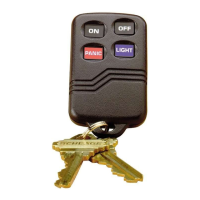
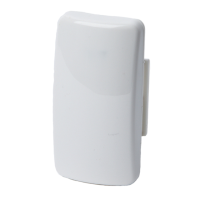

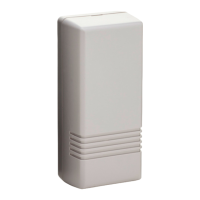


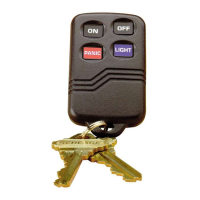
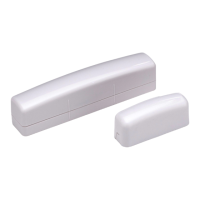
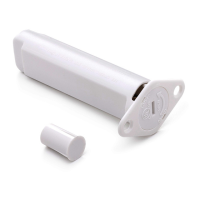
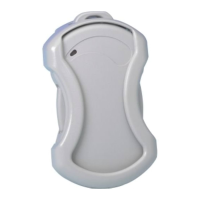
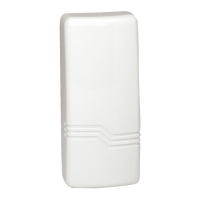

